Key Takeaways
A torn CCL, or “dog ACL injury,” is one of the most common causes of lameness and pain in dogs, but it doesn’t have to mean a lifetime of limited mobility. TPLO surgery is the gold-standard solution, offering stability, long-term pain relief, and a return to an active lifestyle. With specialized expertise and advanced surgical equipment, Fort Mill Animal Hospital is uniquely equipped to guide your dog from diagnosis through recovery, helping them get back to the happy, healthy life they deserve.
Table of Contents
Understanding a Dog’s “ACL Injury” (CCL Tear)
Symptoms of a CCL Injury in Dogs
What is TPLO Surgery?
Recovery Timeline & Post-Op Care
Risks & Prognosis After TPLO Surgery
FAQs About TPLO Surgery
Why Choose Fort Mill Animal Hospital for TPLO Surgery
A sudden limp, difficulty getting up, or disinterest in play can be indicators that your dog is nursing an injury. One of the most common causes of these problems is a cranial cruciate ligament (CCL) tear – often referred to as a “dog ACL injury.” It’s a painful condition that affects the knee joint and, if untreated, can severely limit your pet’s mobility and quality of life.
The good news is that there’s a proven surgical solution: Tibial Plateau Leveling Osteotomy (TPLO). Fort Mill Animal Hospital is one of the few veterinary clinics in our area with the expertise and advanced equipment needed to perform this highly specialized orthopedic surgery. Our goal is simple: to restore your dog’s comfort, mobility, and joy in everyday life.
Understanding a Dog’s “ACL Injury” (CCL Tear)
The cranial cruciate ligament (CCL) is one of the main stabilizers of your dog’s knee. You can think of it as the canine version of the human ACL. When it tears or ruptures, the tibia (shin bone) slips forward in the joint, causing instability, pain, and inflammation.
CCL injuries are one of the most common dog knee injuries seen in veterinary medicine. They can happen suddenly during play or exercise, or gradually due to wear and tear over time. Some of the most common risk factors include:
- Breed & Genetics: Larger breeds like Labradors, Golden Retrievers, and Rottweilers are more prone.
- Activity Level: High-energy dogs often place more strain on their knees.
- Age & Weight: Older dogs and overweight pets face a higher risk of ligament damage.
Without treatment, a torn CCL not only causes lameness but also accelerates arthritis in the knee. That’s why early diagnosis and treatment are so important for long-term mobility and quality of life.
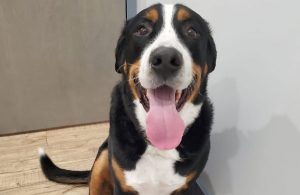
Symptoms of a CCL Injury in Dogs
A “dog ACL injury” can look very different from one pet to another. Some dogs show sudden lameness, while others may only appear stiff or reluctant to move. Because our pets can’t tell us when they’re hurting, it’s important to recognize the signs of a possible dog knee injury:
- Limping or favoring one leg – Your dog may hold up the injured leg or put very little weight on it.
- Difficulty standing, sitting, or jumping – Everyday movements suddenly seem painful or awkward.
- Stiffness after rest or exercise – Your dog may limp more after naps or long walks.
- Swelling or tenderness around the knee – Sometimes the joint looks larger or feels warm to the touch.
- “Clicking” sound in the knee – In some cases, a tear may cause a clicking noise when your dog walks.
Some dogs improve temporarily with rest, but the instability caused by a torn CCL rarely heals on its own. Left untreated, the injury often worsens, leading to arthritis and long-term mobility problems.
If you notice any of these symptoms, it’s best to have your pet evaluated by a veterinarian right away. At Fort Mill Animal Hospital, we can confirm whether your dog has a CCL tear and discuss whether TPLO surgery is the best option for restoring comfort and stability.
What is TPLO Surgery?
When a dog tears their CCL, the knee becomes unstable, and every step causes the shin bone to slide forward. Unlike in human ACL surgery, where the ligament is reconstructed, the most effective surgical option for dogs is Tibial Plateau Leveling Osteotomy.
Dog CCL surgery works by changing the angle of the tibia (shin bone) so the joint no longer depends on the torn ligament for stability. By leveling the tibial plateau, the abnormal sliding motion is eliminated, and your dog can walk, run, and play without pain.
Recovery Timeline & Post-Op Care
One of the most common questions pet parents have is: how long does it take for a dog to recover from TPLO surgery? While every dog heals at their own pace, most recoveries follow a general timeline.
Weeks 1-2: Strict Rest
During the first two weeks, your dog will need crate rest with only short, supervised trips outside for potty breaks. We will provide pain medication and anti-inflammatories to keep your dog comfortable. It’s important to prevent running, jumping, or playing during this stage to allow the bone to begin healing.
Weeks 3-8: Controlled Activity
As healing progresses, your dog can begin short leash walks. This period focuses on controlled, gentle movement to help rebuild muscle without straining the knee. Some dogs benefit from physical therapy exercises or underwater treadmill sessions to safely strengthen their legs.
Weeks 8-12 & Beyond: Gradual Return to Normal
Most dogs steadily regain strength and mobility during this stage. Activity is gradually increased, and many pets can resume regular walks and play by three months post-surgery. Full recovery, including a return to running and higher activity levels, often takes four to six months.
Post-Op Care Tips
- Use baby gates or barriers to block access to stairs and furniture
- Keep your dog’s incision site clean and dry; monitor for redness or swelling
- Stick to the medication plan prescribed by your veterinarian
- Provide non-slip rugs or mats to prevent slipping on hard floors
- Follow your vet’s instructions closely – every dog’s recovery is unique
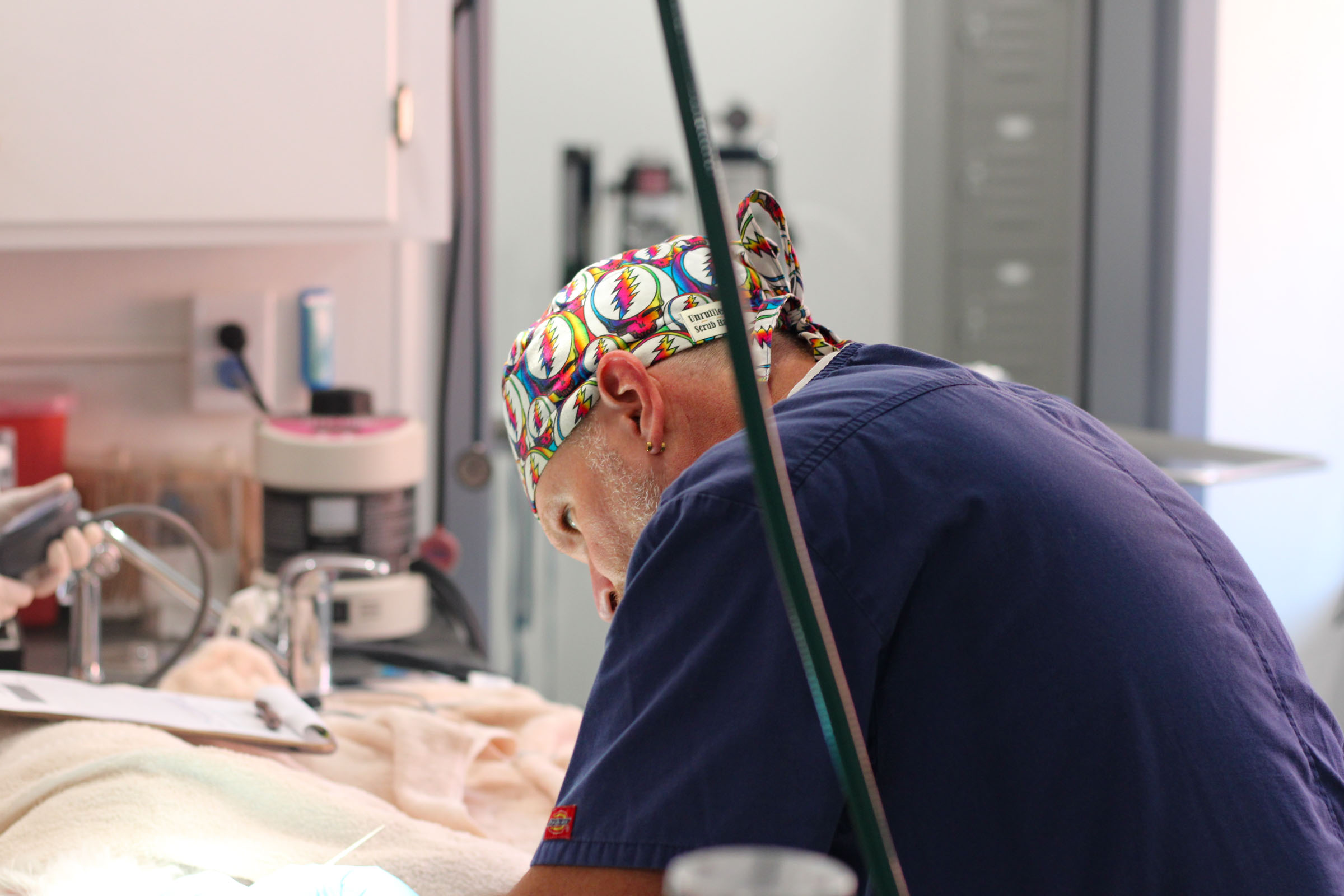
Risks & Prognosis After TPLO Surgery
Like any major surgery, “dog ACL surgery” does carry some risks. Complications are uncommon, but they can include infection, delayed healing, or irritation around the surgical implant. Fortunately, with an experienced pet orthopedic surgeon, careful monitoring, and proper at-home care, these risks are minimized.
At Fort Mill Animal Hospital, our team follows strict surgical and recovery protocols to keep complications at bay. We also schedule post-surgical rechecks and x-rays to confirm that the bone is healing properly and to adjust your dog’s recovery plan if needed.
Is TPLO surgery worth it for dogs? Yes, the prognosis after TPLO is overwhelmingly positive. In fact, it has one of the highest success rates of any dog orthopedic surgery. Most dogs return to near-normal or even fully normal activity levels, often enjoying the same walks, play, or sports they loved before the injury. While some arthritis may still develop over time, TPLO greatly slows its progression compared to leaving the injury untreated. For many pets, it means years of comfortable, pain-free mobility.
FAQs About TPLO Surgery
When a “dog ACL injury” turns your routine upside down, the questions naturally start to pile up. Here are the ones we hear most about TPLO surgery. If your question isn’t listed, reach out – we’re here to help you make the best decision for your dog.
How is a tibial plateau leveling osteotomy done?
During the procedure, your dog’s orthopedic surgeon makes a precise, curved cut in the tibia, rotates the bone to the desired angle, and then secures it in place with a specialized metal plate and screws. Over time, the bone heals in this new position, creating a stable, functional joint.
Is TPLO a major surgery?
Yes. TPLO is considered a major orthopedic surgery, requiring advanced surgical training and specialized equipment. Recovery takes time and commitment, but when performed by an experienced surgeon, TPLO has one of the highest success rates of any dog orthopedic surgery. For many dogs, it restores near-normal mobility and dramatically improves quality of life.
How much does TPLO cost?
The cost of TPLO surgery can vary depending on your dog’s size, health, and specific needs. In general, the cost includes pre-operative consultations, anesthesia, the surgery itself, hospitalization, and follow-up visits. At Fort Mill Animal Hospital, we provide a detailed, transparent estimate before surgery so you know exactly what to expect.
What happens if my dog doesn’t have TPLO surgery?
Without surgery, the knee joint remains unstable, which leads to chronic pain, worsening arthritis, and further loss of mobility. While rest and medication may provide temporary relief, most dogs with a torn CCL will not heal without surgery.
Are there alternatives to TPLO surgery?
Yes, other procedures such as extracapsular repair or tibial tuberosity advancement (TTA) exist. However, TPLO is widely considered the gold standard for medium-to-large or active dogs because of its long-term success rate and ability to restore full mobility.
Will my dog’s other knee need surgery too?
About 40-60% of dogs who tear one CCL eventually injure the other knee. If your dog shows any signs of limping on the opposite leg, early evaluation can help prevent further damage.
How long will the metal plate stay in my dog’s leg?
The plate and screws used during TPLO are designed to remain in place permanently. In most cases, they never need to be removed unless complications occur.
How long after TPLO surgery can a dog climb stairs?
Stairs should be avoided in the early recovery phase, as they place significant strain on the healing joint. In many cases, dogs can begin attempting stairs a few weeks into recovery – but only with close supervision and your vet’s approval. Even after that, it’s best to limit stair use until your dog has regained full strength and stability.
Can my dog return to sports or agility after TPLO surgery?
With proper healing and rehabilitation, many dogs return to agility, hunting, or other high-activity lifestyles. We’ll guide you on when it’s safe for your dog to resume athletic activities.
Why Choose Fort Mill Animal Hospital for TPLO Surgery

When it comes to your dog’s mobility and comfort, you want the very best care. At Fort Mill Animal Hospital, we’re proud to be one of the few veterinary clinics in our region equipped to perform TPLO surgery. Our team combines advanced surgical expertise with a compassionate approach to ensure both you and your pet feel supported every step of the way.
Here’s what sets Fort Mill Animal Hospital apart:
- Specialized Expertise
Our veterinarians have advanced training in orthopedic procedures, including TPLO surgery, giving your dog access to cutting-edge care close to home. - State-of-the-Art Equipment
We use modern surgical technology and precision tools designed specifically for orthopedic cases, which helps improve outcomes and recovery. - Comprehensive Approach
From preventive wellness care to advanced surgery, we’re here for your dog in every stage of life – puppy to senior. - Compassionate Support
We know surgery can be stressful, and we take the time to explain every step, answer your questions, help you prepare for your appointment, and create an individualized recovery plan for your dog.
If your dog has been diagnosed with a CCL injury or you’ve noticed signs of a “dog ACL injury,” don’t wait. The sooner treatment begins, the better your pet’s long-term outcome. Schedule a consultation with Fort Mill Animal Hospital today and let us help your dog get back to a pain-free, active life.

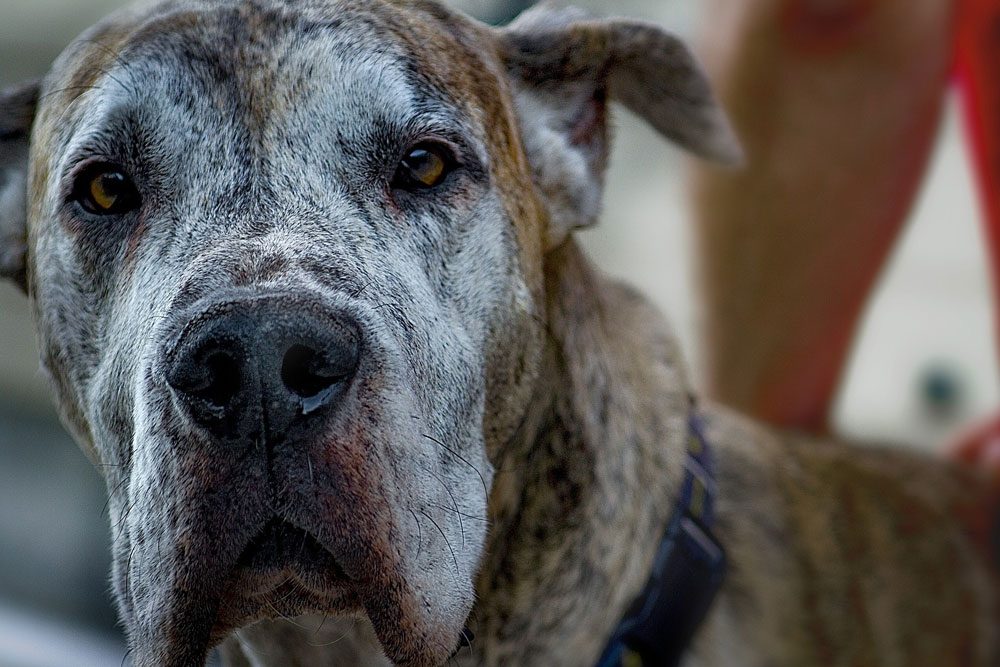
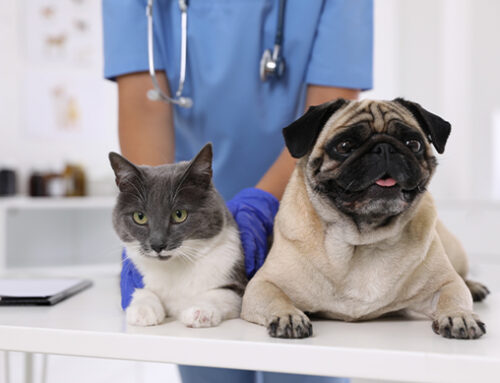
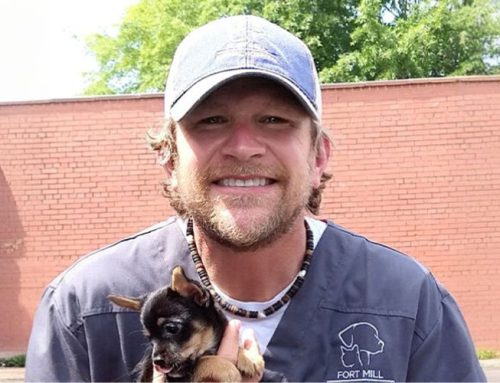
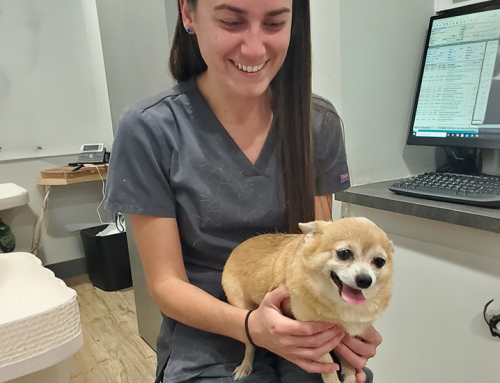
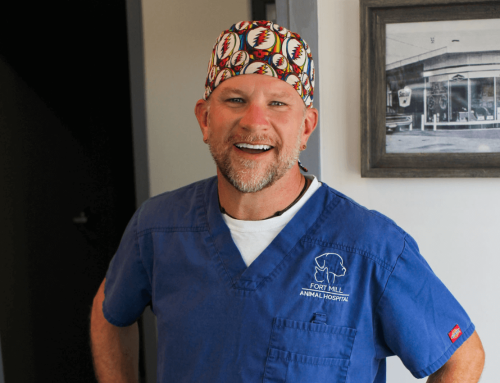

Leave A Comment